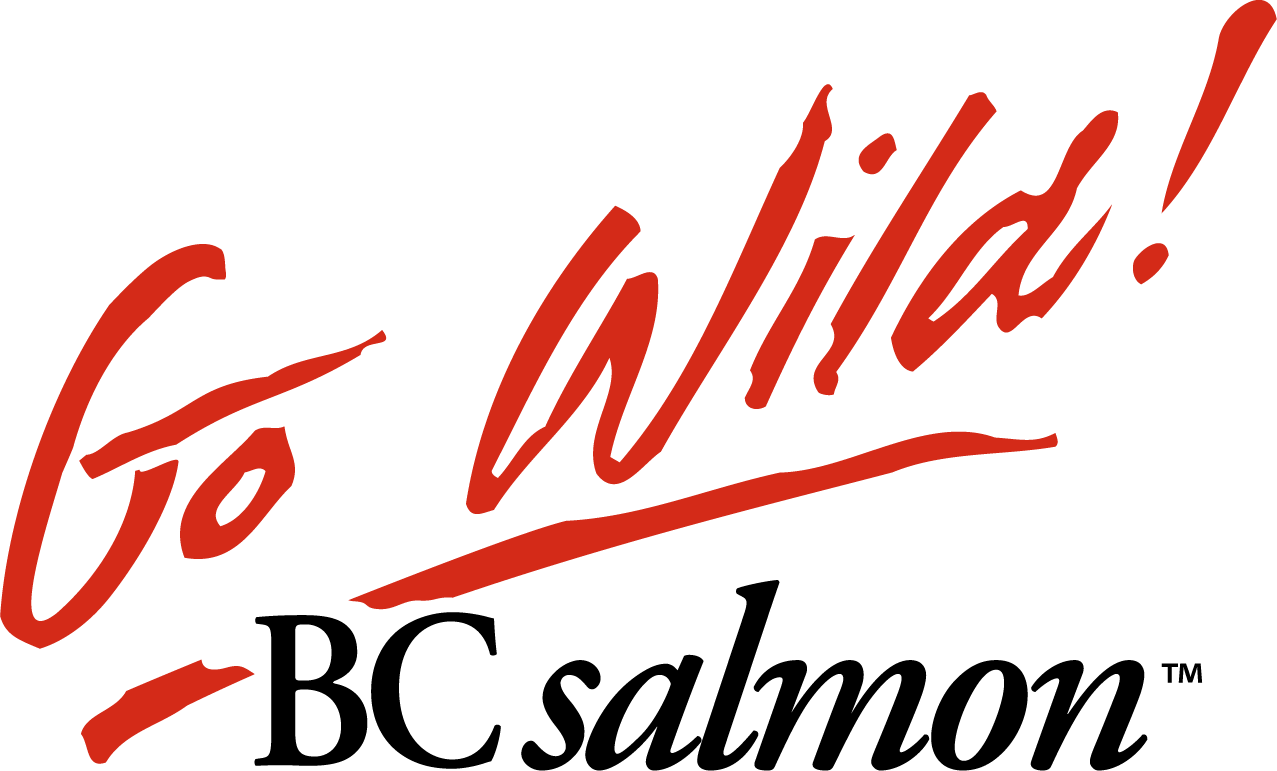Why the recent salmon closures are more complicated than you think.
When announcing the unprecedented scale of commercial salmon closures across BC at the end of June, the decision was characterized by the Fisheries Minister as “pulling the emergency brake” to combat the declines in wild salmon returns.
While the emergency brake metaphor accurately describes the action that the government has taken, it does not capture how complex the issues behind the decision.
You’re supposed to use your emergency brake when your vehicle’s primary brake system fails unexpectedly. But the government acknowledges that: i) the decades-long declines in salmon populations can be attributed to a variety of factors such as climate change and habitat degradation, ii) the declines have been decades in the making, and iii) fish harvesters have been asking for changes for years.
There are also the ongoing issues of diseases and pests associated with open-pen fish farms, continued clear-cut logging and mining in sensitive salmon-bearing watersheds, and significantly weaker regulations on the recreational fishing sector. Plus, researchers at UBC recently released findings that salmon have lost as much as 85% of their historical habitat in the Lower Fraser region, suggesting loss of habitat is a major contributor to salmon declines.
Even a senior executive with DFO’s Pacific Salmon Strategy Initiative said in an interview with Matt Simmons of the Narwhal that “harvesting is not the key driver for the declines”. So the obvious question emerges:
Why is DFO pulling the emergency brake when a full tune up is required?
Some may point to the $100 million in budget cuts and the elimination of 500 jobs at DFO during the Stephen Harper years, resources that would have otherwise been used for scientific research related to conservation. Yet it was only less than two years ago that BC salmon lost its eco-certification from the Marine Stewardship Council (MSC).
According to the MSC, DFO is behind target on 9 of 22 conditions, with concerns ranging from a decline in monitoring salmon streams, an inability to estimate abundance, and a failure to produce any strategies or plans to address identified issues. Put even more bluntly, an internal memo received by senior DFO executives in 2018 stated that “DFO staff do not have the resources to monitor salmon populations”.
DFO provided so little notice on the impending closures that fishing licenses had already been purchased, gear and fuel were paid for, and some boats were even steaming towards the fishing grounds when they got word. Unfortunately, the costs of this government policy is being disproportionately borne by fish harvesters, their families, and communities.
With over 60% of the province’s fishing grounds now closed to commercial harvesting, it’s incredibly important for us to show our support to those other 40% of fisheries which remain open and sustainable.
Now more than ever we need to support the 4000 hard-working women and men fishing in our Pacific waters and 2600 shore-based processors. Due to forces beyond their control, their livelihoods have been severely impacted. We all want salmon to maintain its iconic cultural and economic role in our coastal communities.
One thing remains certain: wherever or however it’s being caught, wild BC salmon continues to be renowned the world over for its delicious taste and unparalleled quality.
Article by Chelsey Ellis
